Born and raised in Ajmer in a Sindhi family, Rajesh grew up around big flavours, big gatherings and kitchens full of energy. Early lessons came from home — tasting raw vegetables to train his palate, watching family members cook with instinct, and learning that food brings people together before it impresses anyone.
He trained professionally at IHM Ahmedabad and worked with leading hospitality groups early in his career, building a strong foundation in classical technique, kitchen discipline and large format operations. But even through those experiences, his heart stayed close to street food, home cooking and the flavours that feel familiar yet surprising.
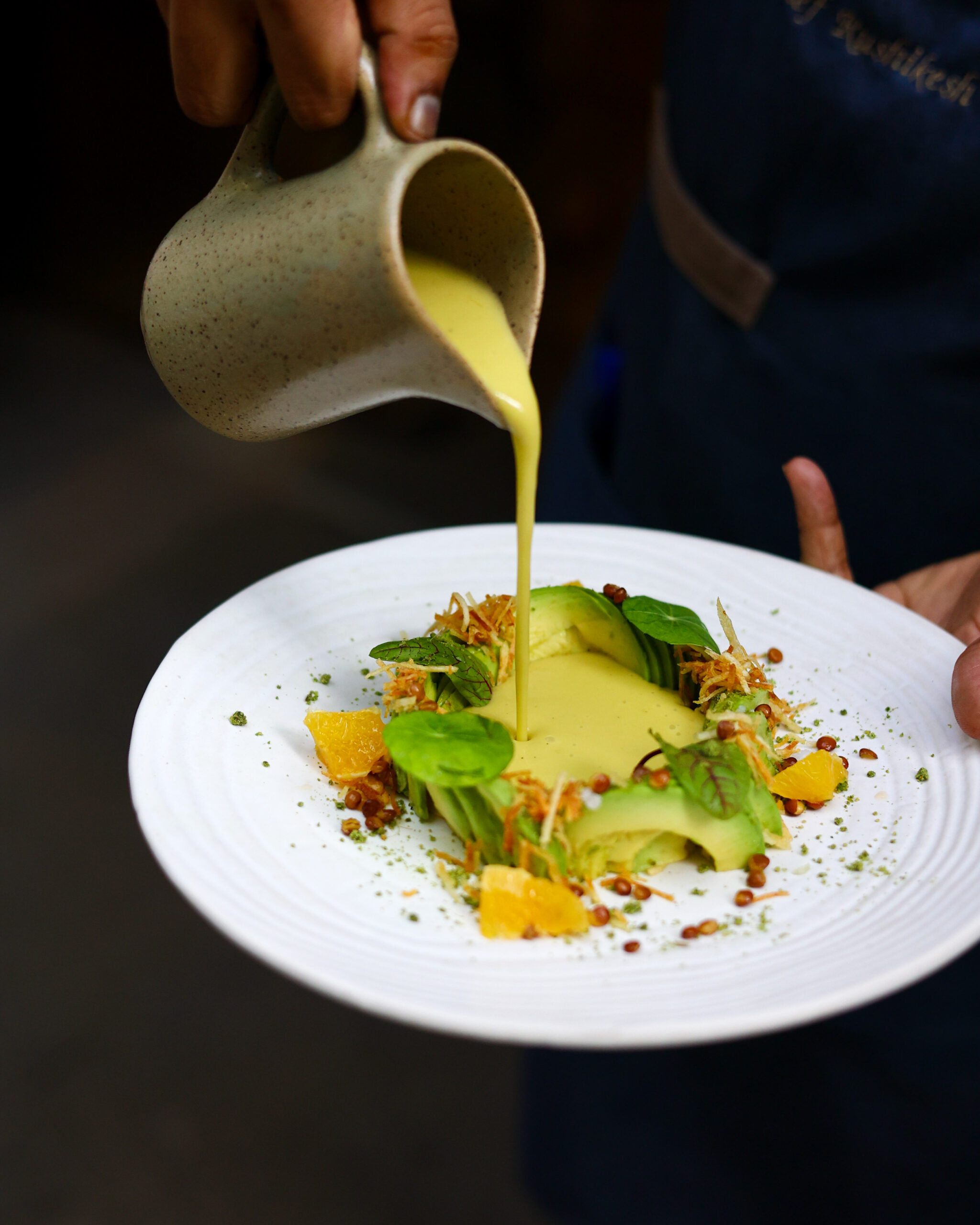
Today, he has helped develop and launch 50+ restaurant concepts across India and the UAE. His work blends tradition and modern thinking respecting heritage while not being afraid to experiment. Whether he’s developing a new menu, building a scalable flavour system for a brand, or refining a simple comfort dish, his approach stays consistent: keep it real, keep it
flavour-forward, and let the food speak. Chef Rajesh Moolchandani is not a chef confined to a cuisine. For him, food is a canvas, not a category. His cooking is rooted in Indian memory and tradition, yet open, curious and ever- evolving. He believes flavour isn’t attached to geography — it’s attached to emotion, technique and honesty.
Rajesh’s style is progressive, but never disconnected from where he comes from. He isn’t trying to prove anything — he’s simply trying to cook food that feels honest, exciting and full of life. For him, evolution and tradition go hand in hand.
Do you have a favourite time of the year or set of ingredients that you look forward to working with?
For any chef in India, winter is a season we eagerly await. The markets come alive with an incredible variety of fresh produce, and the sheer abundance inspires endless creativity. Yet, beyond the richness of winter, I find myself most excited by hyper- seasonal and local ingredients throughout the year. There is something truly inspiring about cooking with what the land offers at a given moment. In fact, I believe that limitations often spark the greatest innovation. My time in the arid belts of Rajasthan and Gujarat shaped this perspective deeply. There, scarcity has historically been met with ingenuity; gram flour becomes a vital source of protein, wild berries are foraged and celebrated, and age-old techniques like sun-drying vegetables have evolved not just from necessity, but into a treasured culinary craft. These traditions remind me that great food is not only about abundance; it’s about understanding your environment, respecting its rhythms, and transforming humble ingredients with thoughtfulness and creativity.
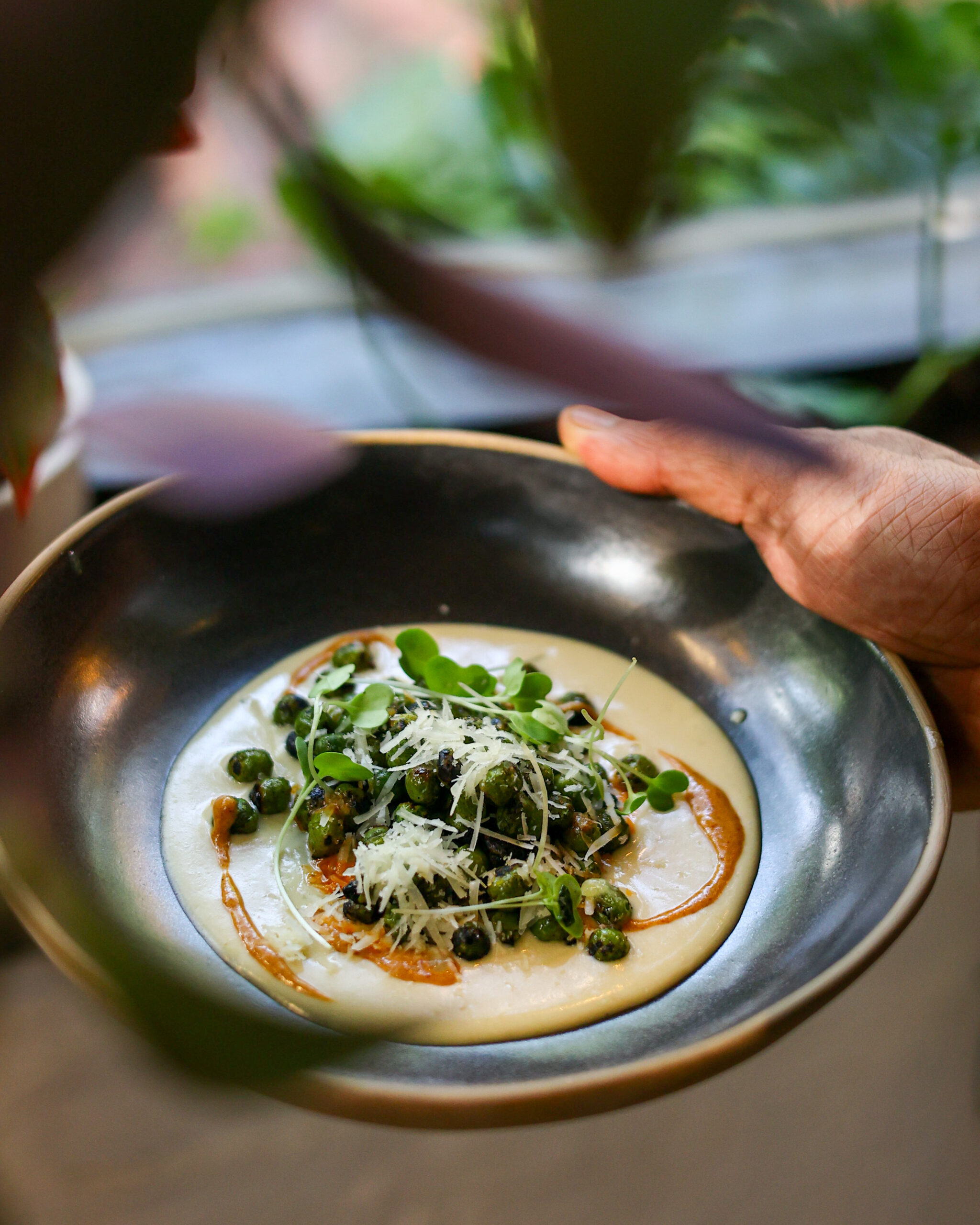
What would you do if you weren’t a chef?
In fact, becoming a designer was my first dream but when that didn’t materialize, I found my way into the kitchen. Cooking became my canvas, and food became the medium through which I could express creativity just as I once imagined doing through fabric and form.
And if I hadn’t become a chef, I’m pretty sure I would have ended up as a DJ. Music has always been another passion of mine. It energizes me, inspires my imagination, and shapes the way I create. Even today, music is a huge part of my world; it influences my culinary creativity every single day.
Do your personal preferences influence the menu at all?
Menu or dish creation is really a reflection of everything you’ve learned, experienced, and imagined. It’s about taking your creativity, your memories, and your technique, and making them relevant to the audience you are cooking for. Ultimately, food has to connect it has to resonate with the people who will eat it. So while my personal taste may spark an idea, I always put myself in the shoes of the guest. I ask myself: Would I order this if I were a diner? Will this dish appeal to a wider audience? That balance is very important. We introduce a few new, expressive dishes, but ensure the menu still feels approachable, exciting, and satisfying for everyone who walks in.
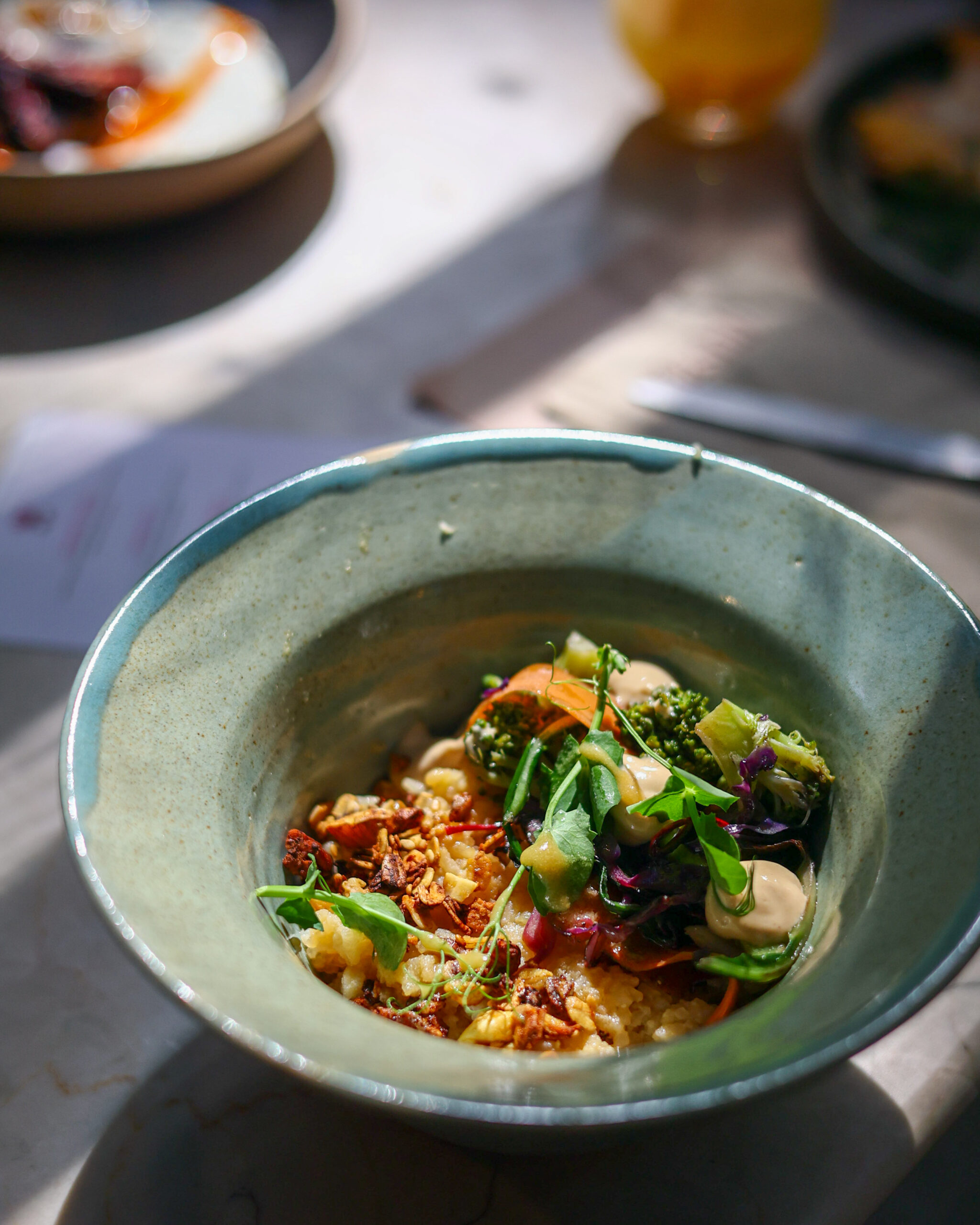
What do you think is the most over-hyped food trend currently?
The most over-hyped food trend right now is the obsession with aesthetics over flavor. I’m not a fan of what I call “creative torture” on food unnecessary garnishes, overly complicated plating, and dishes designed more for Instagram than for the diner.
When are you happiest?
Happiness, for me, is a state of mind: it's about doing what you love. I feel incredibly fortunate that my passion has become my profession; not everyone gets that privilege, and I never take it for granted. Beyond the kitchen, my happiest moments are always with my family. Nothing compares to the time I spend with my children Eera, Eesh, and Kian. Being with them grounds me, brings me joy, and reminds me of what truly matters.
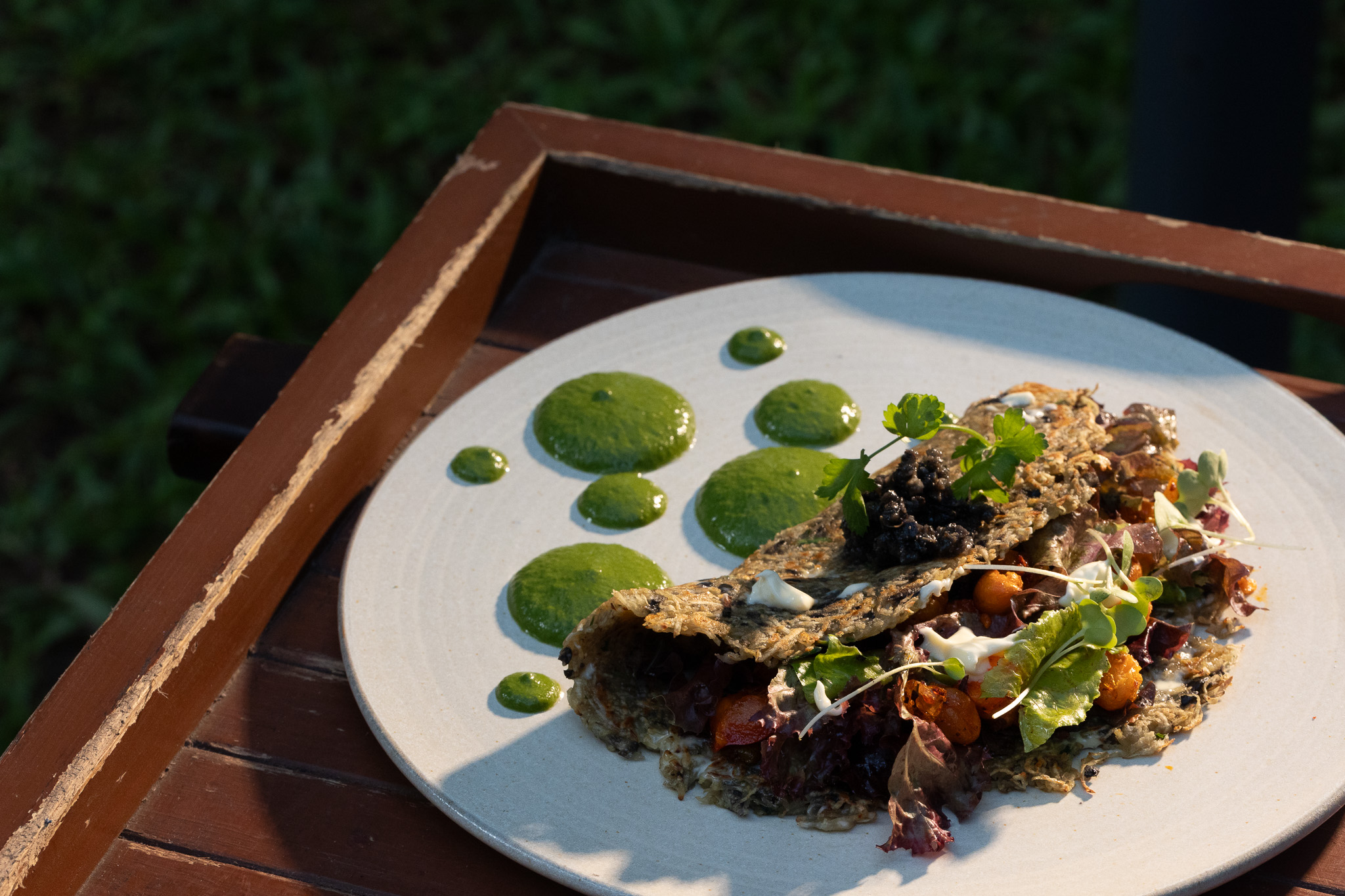
When you’re not in the kitchen where can you be found?
When I am not in the kitchen, you’ll most likely find me with my family. I’m a family- oriented person, and I truly treasure time spent with my loved ones whether it’s being at home, catching up with close friends, or reconnecting with people who matter. I
genuinely believe that the companionship of your own people is the greatest wealth you can earn. And of course, I’m a foodie first and a chef second. So whenever I’m not cooking, I love exploring restaurants, discovering new flavours, and experiencing food from the other side of the table.
Where is your favourite place to dine?
That’s a really tough question. I travel a lot, and one thing I’ve realised is that my favourite dining experiences aren’t always in fancy restaurants. No matter where I go, two places consistently offer the most memorable food: home kitchens and the streets. There’s something incredibly special about home-style cooking: it carries warmth, emotion, and a sense of comfort you just can’t replicate. And then there’s street food: bold, honest, full of character, and rooted deeply in culture. For me, the best flavours live in those two worlds.
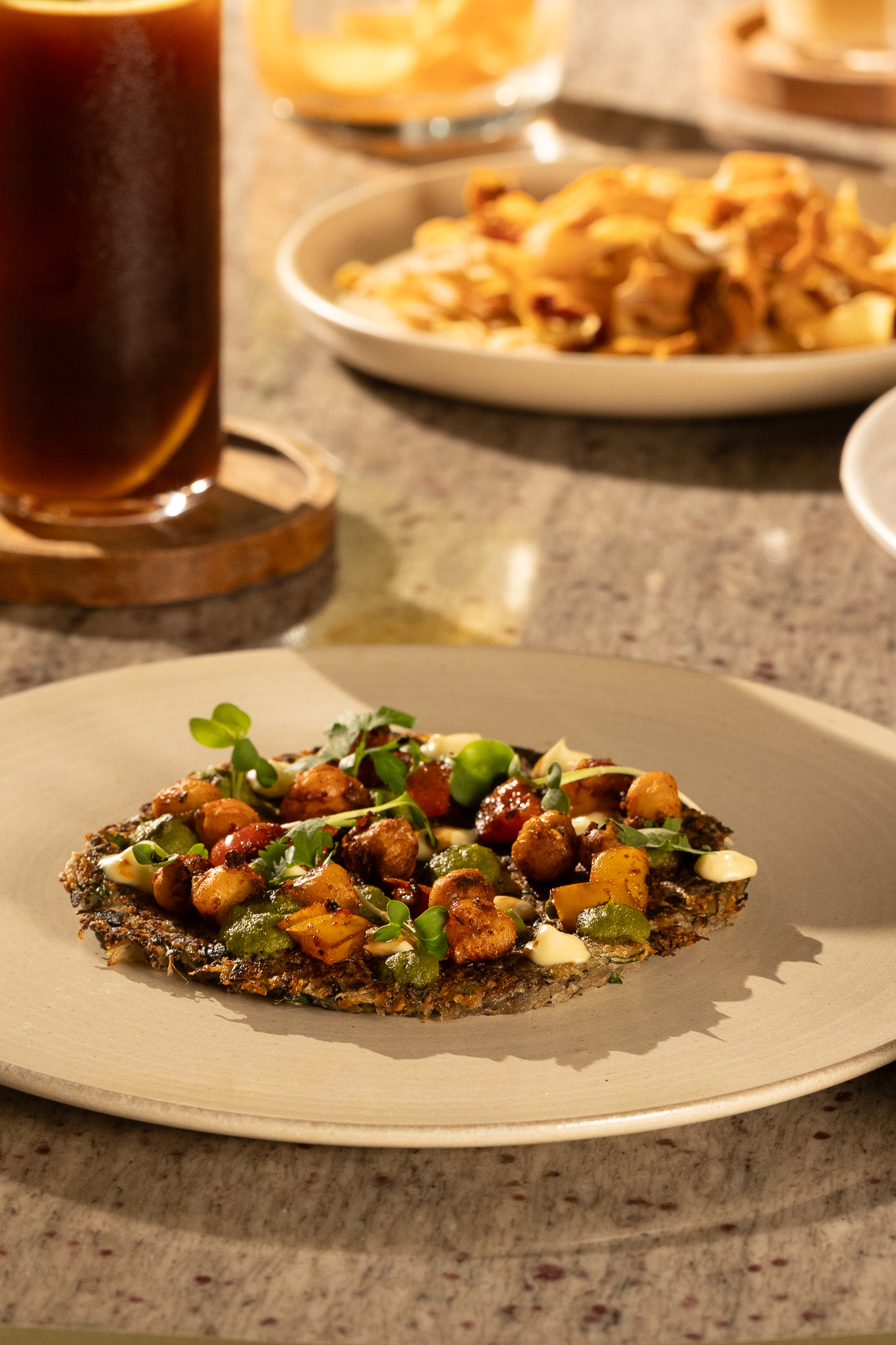
What’s your favourite takeaway or comfort food?
My comfort food is very simple: dal, chawal, roti, and sabzi always make me the happiest. There’s nothing quite like a humble home-style meal to reset your mood and bring a sense of warmth and balance. But on days when I feel like treating myself, I love indulging in something a bit more fun and chatpata. Indo-Chinese is definitely on my list for takeaway, and a good biryani is always a winning choice too.
What makes the local food scene so exciting?
It’s where terroir, culture, people, and climate come together to create flavours that could only exist in that one place. Local food isn’t just eaten, it is lived. From a mess in Chennai to a khanawal in Pune, the ingredients are honest, the traditions are respected, and every plate carries a story. It nourishes not just the body, but also our connection to land, memory, and community.
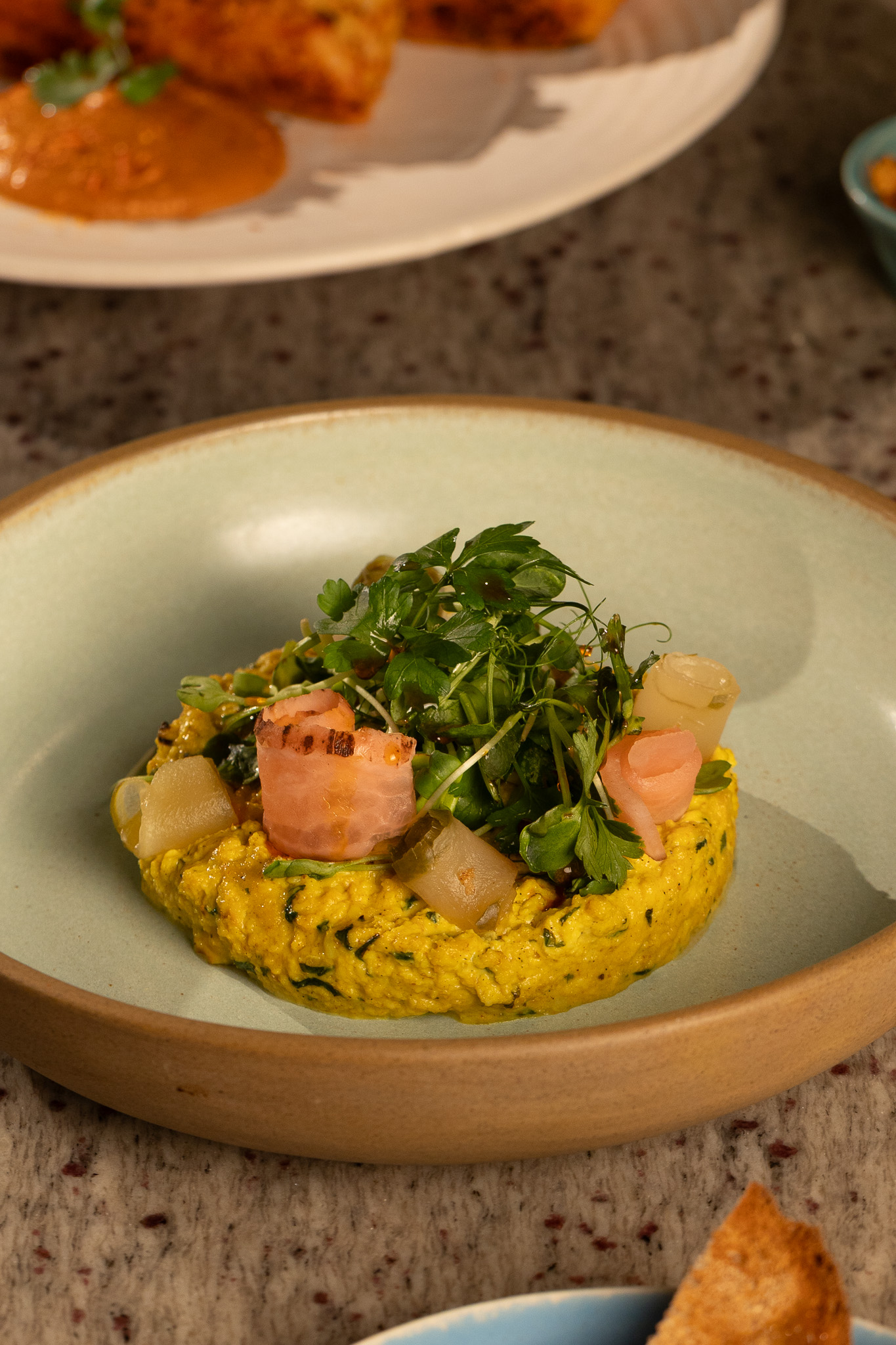
Which is the dish you’ve created that you are most proud of and why?
I do not like using the word ‘proud’, pride feels limiting. What truly fulfills me is seeing a plate come back wiped clean. That moment, knowing someone enjoyed the food enough to finish every bite, is the greatest feeling for a chef. At Paashh, dishes like our Dal Pakwan Nachos, Golgappa, and Ravioli have been on the menu since day one and watching people enjoy them again and again gives me a deep sense of contentment and gratitude.
You’re having friends over for dinner tonight. What’s on the table?
It really depends on who’s coming over. Some friends have particular preferences, so a wholesome, balanced spread is always a safe and thoughtful choice. But most of the time, I love cooking bold, “boisterous, unapologetic” Indian food the kind that’s neither homestyle nor restaurant style. It’s my own way of expressing flavour: generous, expressive, and full of personality.
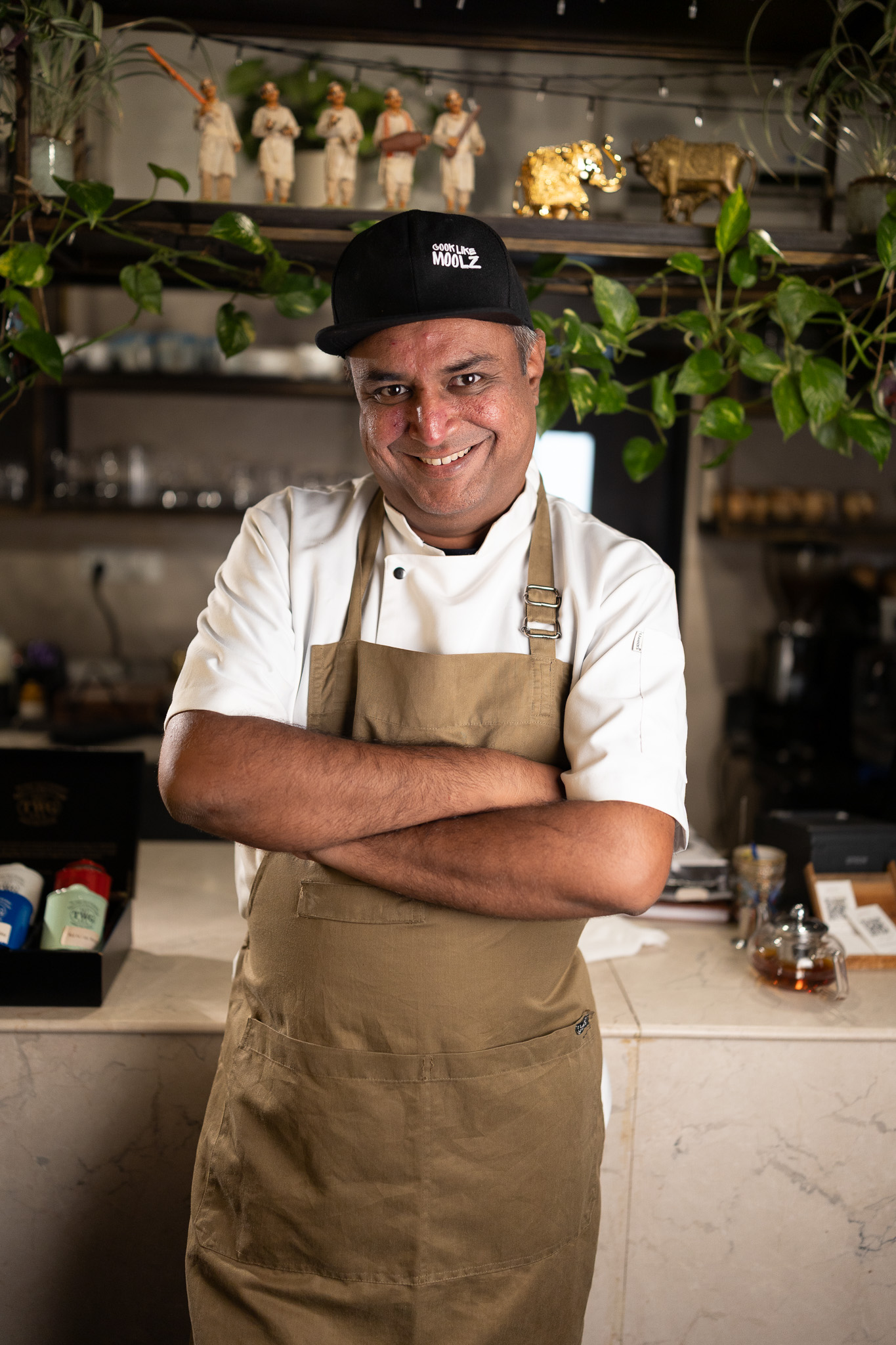
Name your favourite city that has it all: food, culture, and nightlife.
For traditional food, the culture and depth in places like Lucknow, Amritsar, Old Delhi, and Hyderabad are unmatched. These cities hold centuries of flavour and history; they are living culinary archives. But if we’re talking about contemporary dining, culture, and nightlife together, then Mumbai, Bengaluru, and Delhi lead the way. They represent the new wave dynamic,
experimental, and constantly evolving, while still rooted in tradition.
Can you tell us more about the cuisine at your restaurants?
Across our portfolio, we craft Asian, Indian, and European menus both classic and contemporary. Some concepts lean hybrid, some progressive. What we don’t do is fusion for the sake of fusion because fusion without clarity only creates confusion.
Today, the lines between cuisines are blurred anyway. It’s no longer just about “which cuisine”; it’s about the concept, the produce, the technique, and most importantly, the experience we deliver on the plate
Dal Pakwan Nachos (Baked)
Baked Pakwan Nacho Chips
Ingredients
Whole wheat flour 1 cup
Fine semolina (rava) ¼ cup
Oil / ghee 2 tbsp
Cumin seeds ½ tsp
Crushed black pepper ¼ tsp
Salt ¾ tsp
Water ~⅓ cup (as needed)
Oil to brush 1–2 tsp
Method
1. Mix wheat flour, semolina, cumin, pepper, salt.
2. Add 2 tbsp oil and rub into flour (shortcrust texture).
3. Add water gradually; knead into firm dough.
4. Rest 20 minutes, covered.
5. Roll thin (~2 mm, like papdi/khakhra).
6. Cut into triangle chips.
7. Prick with fork (prevents puffing).
8. Arrange on baking tray & lightly brush oil.
9. Bake at 170°C / 340°F for 12–16 mins,
flipping halfway until crisp & golden.
10. Cool completely to firm up.
Sindhi Dal (Thick Chana Dal)
Ingredients
Chana dal 1 cup
Water 3 cups
Turmeric ½ tsp
Salt To taste
Ghee/oil 1 tbsp
Cumin ½ tsp
Hing big pinch
Green chilli paste 1 tsp
Ginger finely chopped ½ tsp
Method
1. Wash & soak chana dal 1 hour.
2. Pressure cook dal with turmeric & water:
○ 2 whistles high flame
○ 3–4 whistles low flame
→ Dal should be cooked but grainy, not mushy.
3. Heat ghee/oil, add cumin, hing, ginger, chilli.
4. Add to dal, mix gently.
5. Salt to taste.
6. Keep thick like nacho topping, not soupy.
Tamarind–Jaggery Chutney
Ingredients
Tamarind pulp — ⅓ cup
Jaggery — 2–3 tbsp
Black salt — ¼ tsp
Roasted jeera powder — ½ tsp
Red chilli powder — pinch
Water — as needed
Method
Simmer everything 5–7 mins → thick glaze. Cool.
Mint–Coriander Chutney
Ingredients
Coriander — 1 cup
Mint — ½ cup
Green chilli — 1–2
Lemon juice — 1 tbsp
Salt — to taste
Sugar — pinch
Cold water / ice cube — splash
Method
Blend smooth, adjust thickness. Keep bright green.
Garlic-Cumin Chili Oil Topping
Ingredients
Oil — 2 tbsp
Cumin — 1 tsp
Turmeric — pinch
Red chilli — pinch
Salt — pinch
Method
Heat oil → lightly fry garlic till blond → add cumin, spices → cool.
Garnish
● Finely chopped onion
● Fresh coriander
● Roasted jeera powder
● Amchur pinch
● Optional: thecha oil or chilli crisp
Assembly
1. Spread baked pakwan nacho chips on a platter.
2. Spoon warm thick dal over.
3. Drizzle:
○ Tamarind chutney
○ Mint chutney
○ Garlic-cumin chilli oil
4. Sprinkle:
○ Onion
○ Coriander
○ Sev / chana dal crunch
○ Roasted jeera + amchur
Serve immediately — crispy + warm + tangy + spicy.





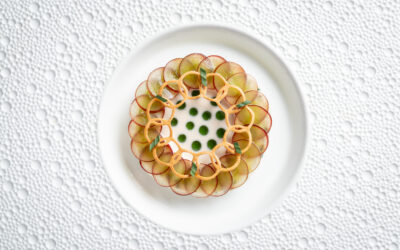




Nice Dinner exp with him at Westin mumbai .. Long back in 2011